WTF is an Airdrop? A Detailed Guide to Free Cryptocurrency
In December 2017, I signed up to learn more about a coin called Polymath. As I learned more about it, my interest peaked and I wanted to learn how to get my hands on some of the coins. Turns out, the coins weren’t available yet; in fact, the team wasn’t even doing an ICO. Instead, they were conducting an airdrop.
I signed up for it, and didn’t have to pay a penny (only enter some identifying information to comply with KYC regulation). A month later, 250 POLY showed up in my Ethereum Wallet. As of the time of writing, that’s worth around $300.
What is an Airdrop?
The method behind the madness, though, is a decision regarding marketing strategy. As a way to spread awareness to the relevant audience of potential investors and eventual enthusiasts, coin teams will, from time-to-time, do airdrops.
A Brief History of Airdrops
Coins have been doing this for a while — pretty much since the first Ethereum ICO. If you check your wallet on Etherscan (which I totally recommend doing — never open your wallet with a private key just to check your balance, it’s riskier than necessary), you’ll know there’s a row up top named Token Tracker. If you see it, then there are also tokens in your account; if you don’t, then you don’t have any tokens or airdrops — yet.
Some of you ETH wallet holders that have had wallets with balances for a while now might’ve noticed this — one day you just see an extra random token in your Token Tracker. No, someone didn’t randomly deposit some obscure token into your wallet address on accident; instead, the coin’s team decided to send a small amount to a population of Ethereum wallets in order to spread the word.
After getting the token, one of the first things you might’ve done is Google what the coin is. Or you might’ve taken it a step further — asked someone else if they knew what the token was. Also, you could just choose to ignore it.
Of course, in the last scenario, the airdrop failed its intention. But scenario 1 means that you have now learned about the coin, and scenario 2 is even better — you’ve just told your friends about the coin, too. In both of those scenarios, the airdrop did its job for a small price (well, potentially a larger price if it moons).
Eventually, airdrops became a method beyond marketing. As a method to pump coin value, coins would announce airdrops where coin holders would receive bonus coins proportional to the amount of total coins they hold. Coin investors that wanted to get the airdrop would have to buy the coins if they didn’t have any yet, or buy more if they wanted a larger proportion of the airdrop. That being said, I want to emphasize that this airdrop strategy won’t be examined further in this article, since my article is focused on how you can get coins for free, not on how you can get coins by buying coins.
Recently, with Facebook’s new advertising policy explicitly stating bans for ICOs, many ICOs have turned to airdrops as an alternative method for pay-per-click advertising. With many ICOs being consumer-focused products, they focus on one metric: viral growth through the network effect. In layman’s terms, they want to spread the word to you and hope that you spread the word to your minions, too. They address this by using a strong referral system method.
Participating in Free Airdrops
Participate in the CORBIT airdrop: https://corbit.website/airdrop/FS5wg
I’ll be using the CORBIT airdrop as an visual guide for participation. If you’re interested, you can participate in it here: https://corbit.website/airdrop/FS5wg(this is a referral link so I’ll get some CORBIT, too, if you decide to participate). I’m using the CORBIT example because it is a very simple airdrop that represents what the majority of airdrops require. Before we begin, please make sure that you have the following tools.
The Tools You’ll Most Likely Need
An Ethereum Wallet: not one that is on an exchange. It has to be a personal address that is ERC20 compatible because most of the tokens that are airdropped are ERC20 tokens, which are or were originally Ethereum-based ICOs. I suggest using MetaMask or MyEtherWallet to get started immediately, but in the long-term I always recommend getting a hardware wallet like the Ledger Nano S.
The Ethereum Wallet Must be ACTIVE. By active, I mean that you have to show at least some human use of it. Lots of airdrops have checks in place to make sure that you aren’t just randomly generating a bunch of addresses and signing them all up to unfairly obtain more coins. This means that if your wallet doesn’t show activity, it might not receive the airdrop. Sometimes, coins will be explicit in what they look for, including some type of balance in the account.
A Telegram Account (https://telegram.org/): I’m sure there are amazing reasons why Telegram is the chatting tool of choice for many of these ICOs. The coins want to boost the audience count. Usually, these airdrop coins will also require you to sign up for their Telegram accounts. Until you receive the coin in your Ethereum wallet, do not leave the Telegram accounts or you risk disqualification for the airdrop.
A Twitter Account (https://twitter.com/): Similar to the reasons behind the Telegram account, many of the airdrop coins will also require you to follow them on Twitter. Some of them will even ask you to retweet some tweet.
An email address. While the CORBIT example below won’t ask for an email address, sometimes airdrops will ask for your email, too. If you don’t feel comfortable with giving them your real email, just create a spam one. Remember the password, though; some of them actually ask you to confirm your email.An email address. While the CORBIT example below won’t ask for an email address, sometimes airdrops will ask for your email, too. If you don’t feel comfortable with giving them your real email, just create a spam one. Remember the password, though; some of them actually ask you to confirm your email.
Getting Started
You’ll immedately see the value of the airdrop, as well as the details of the timeline. CORBIT was kind enough to let us know, but this isn’t always the case. The first step in the airdrop is to join the official CORBIT Telegram Channel and type in your Telegram username.
To find your username on Telegram (if you don’t already know it), click on the menu bar at the top left of the Telegram app. From there, click Settings. You’ll see your username under the Info section at the top, where it says Username.
Sometimes, it can get confusing when entering your username because some airdrops ask that you add the “@” before your name, while others don’t specify. My rule-of-thumb is to not include it unless they specify that they want it. Anyway, by joining the Telegram and then adding in your username to confirm, you have received 20 CEX.
The next step is optional, but why not… they ask you to follow their official Twitter account. I like following official Twitter accounts of coins anyway, because that gives me live updates on what’s going on with each project. So while it says optional, I’m totally down to follow.
After entering your Twitter username (which CORBIT also mentions you don’t need the “@” before your name), the final step is to enter your Ethereum address. I’ve already mentioned this in the “Tools You’ll Most Likely Need” section but I’ll mention it again — do not use an exchange wallet. Check out alternatives that you can actually use by scrolling back up to that section; if you use an exchange wallet, you will not get the airdrop.
If you notice the bottom of the image above, you’ll see a link to check your status and referrals. Not all airdrops give you that option, but it’s an awesome benefit when they do. It allows you to track your coins and see how many you’ve earned through referrals, too. Referral programs for airdrops are win-win situations for us because both the person who signs up and I get coins.
The Referrals
The referral system on airdrops are designed in a way to be very beneficial to the community. In a nutshell, whatever the coin paid you to sign up, many times it pays double to get your friends to sign up, too. When friends sign up, they get coins and you get extra coins.
Obtaining and Withdrawing Tokens
Usually, it takes about 1–2 months after the end of the airdrop before you receive your tokens. This is primarily due to the fact that many airdrops occur before or during token sales, in conjunction to spread awareness. And tokens are not distributable until the end of a token sale anyway (I’ll write a separate piece on Token Sales, or ICOs).
To check your wallet info and see if the token has appeared in your wallet yet, just go to Etherscan (https://www.etherscan.io). Type in your ETH address into the search box.
Circled in Red is the area you want to look. If the token is available in your wallet already, it will show up in the token tracker dropdown. If you don’t have a token tracker appear on your result, then you don’t have any tokens in your wallet yet, and it also means you didn’t receive it.
Once you actually obtain the tokens, you can withdraw them directly through a services like My Ether Wallet (MEW). All you have to do is access your wallet (through MetaMask, Ledger Nano, or some other way — direct private key pasting is not recommended) and select the token you want to withdraw.
Don’t Get Scammed
With all the promises of free coins out there, it’s easy to lose track of everything and just start a clicking frenzy. Here are some tips to avoid getting scammed:
Never send any private keys. No one needs to have your private key in order to be able to check you wallet balance. They can do so very easily with tools like Etherscan.
Don’t send any money to any addresses. Remember this — airdrops are free. Whether it requires you to be holding a certain coin, or if it’ll just appear in your wallet, an airdrop will never ask you to send any amount of some coin to some type of address. If they ask for this, steer away immediately.
Check official sources. If a coin is actually doing an airdrop, it is likely they’ll have announced it on their official social media accounts, such as Twitter. Check there to make sure that the airdrop is official; otherwise, you might be subject to a scam with scammers trying to collect your data.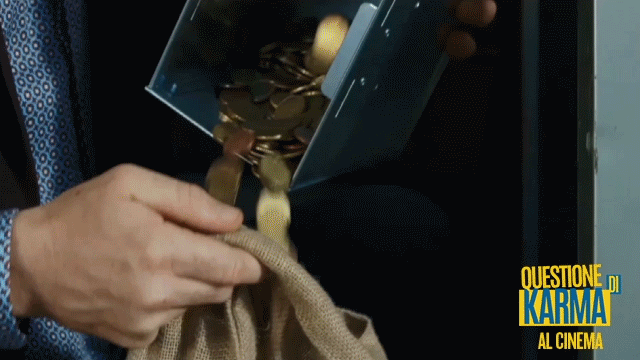

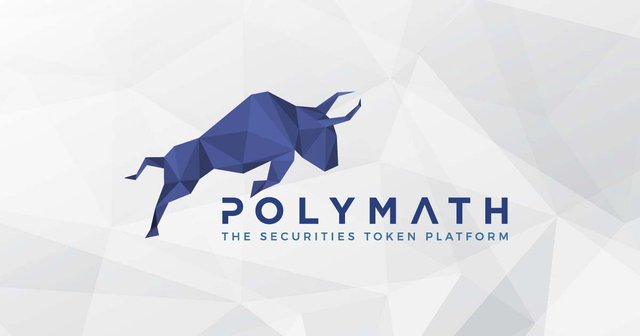

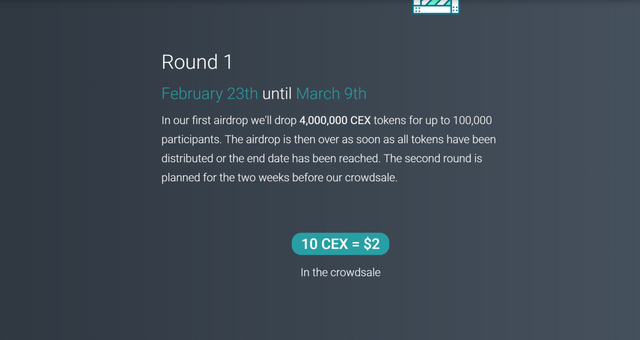
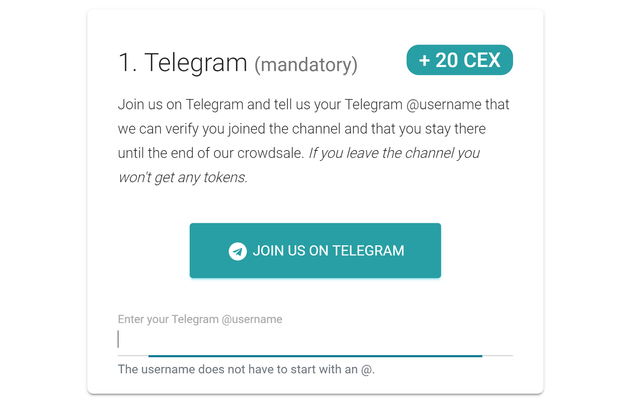
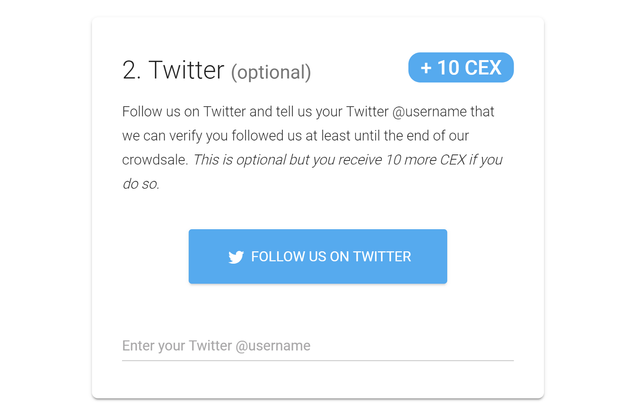
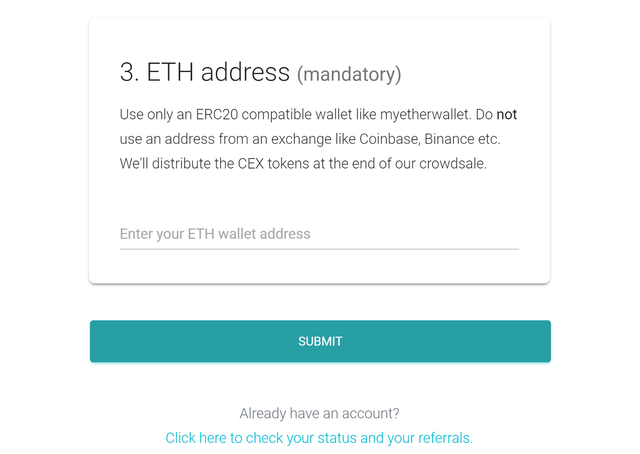


Hi zanky, I have gone on a Airdop frenzy lately, probably signed up for over a 100 of them. I figure if one pans out like your Polymath, it will all be worth it.
Have you managed to get anything else worthwhile besides that one?
Interested in what you have to say about this.
Till now I have got 10 airdrops. And polymath is by far the best airdrop I have received. It is one of the top 100 coins. Others does not have any value or have value less than 1$. If they are listed on some big exchanges, then there might be a chance of increase in value.
If you want aidrops of quality coins, then you must complete the KYC of some good ico's. If you are lucky, then they might decide to give airdrops. You do not need to participate in the ico if you don't want. Just complete the kyc. For ex- SelfKey recently gave some token to those who had completed their kyc.
I plan on writing an article in around 2 months detailing the progress of my 'experiment'.
What proportion actually delivered anything, which ones were listed on exchanges hence gaining some 'value' and the few that overachieved.
If I get 2-3 that are worth anything I feel it may have been worthwhile.
This post has received a 3.33 % upvote from @booster thanks to: @zanky.
2.44% @pushup from @zanky
My dear friends visit my profile I have Airdrops on a daily basis for you in spanish!
Most of the airdrops that you have shared are fake. Don't provide your original identity to them.